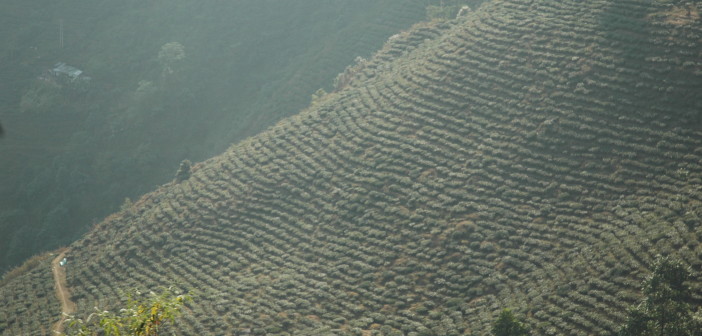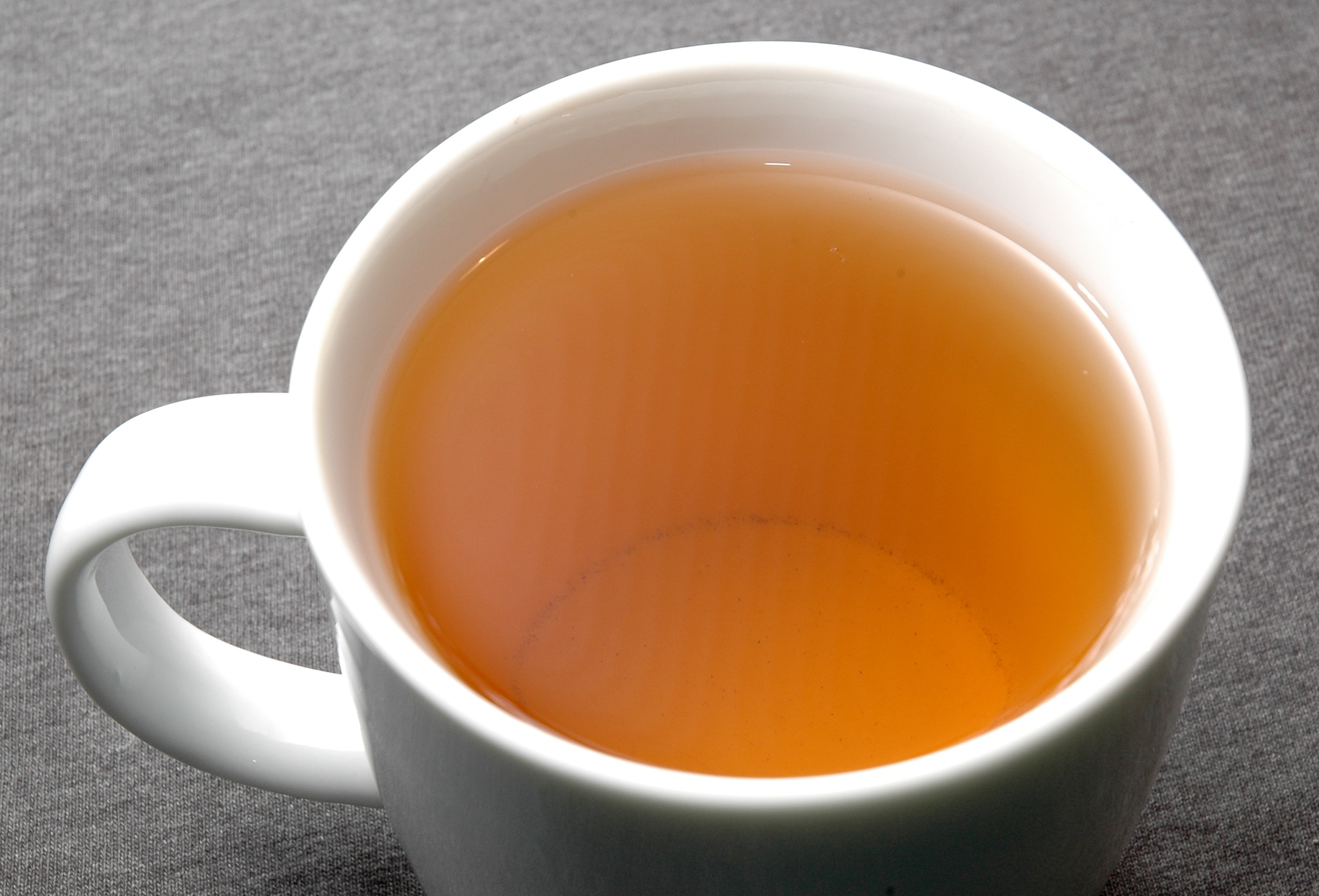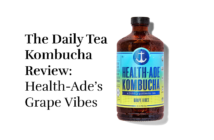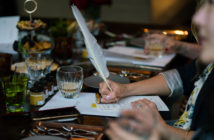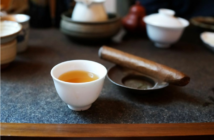Tea terminology can be mind-bogglingly complex, too. Which is why we have Tea A-Z, a guide to deciphering both common and completely bewildering concepts from the world of tea. Let’s dive in!
Dairy: Many people add milk, cream, almond milk, coconut milk, cashew milk, or powdered forms of dairy to their teas to enhance the flavors.
Darjeeling: Called the Champagne of Indian Teas, it is grown 7000 feet above sea level in the distinctive soil of the Himalayan Mountains in Northern India. Usually flowery and light, with a greenish leaf, the taste of a Darjeeling is intricate and flavorful.
Decaffeinated Tea: A tea with most of its caffeine removed. Most teas are not 100% caffeine free, many retain a small percentage (less than 4%) of the original caffeine.
Delicate: A soft subtle flavor and scent.
Degradation: When tea leaves begin to break and change color, going grey instead of black.
Dessert Tea: A tea to be enjoyed after a meal with enhanced natural flavors such as cinnamon, coconut, licorice root, vanilla, ginger, and dried fruits like strawberries or blueberries.
Dill Tea: Dill seeds can be used to prepare herbal tea, including for an upset stomach
Dimbula: A very well-known Ceylon tea, from the largest tea growing area in Sri Lanka.

Display Tea
Display Tea: Artisans hand tie a mass of tea leaves into tiny little balls. When placed in a glass tea pot and boiling water poured over it, the result is a gorgeous flowering bloom of tea. The best display teas have complex flavorful leaves and slowly open with panache. Also known as Blooming Tea.
Dragonwell Tea: Dragonwell tea is a category of pan-roasted green tea from Hangzhou, Zhejiang Province, China, with a nutty, sweet flavor. This tea contains high levels of antioxidants. Also known as Longjing tea. Dragonwell is the literal translation.
Dull: A tea leaf lacking in gloss or sheen.

